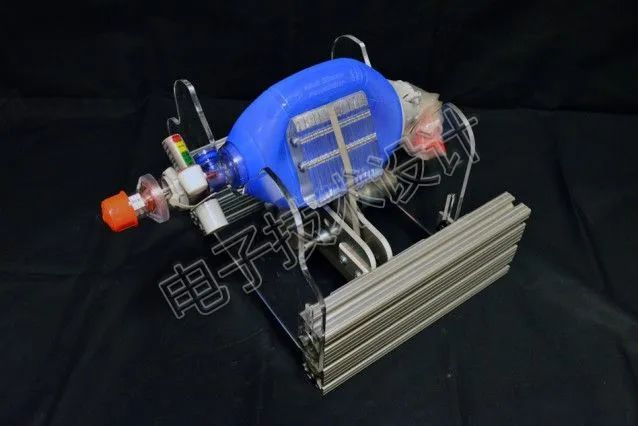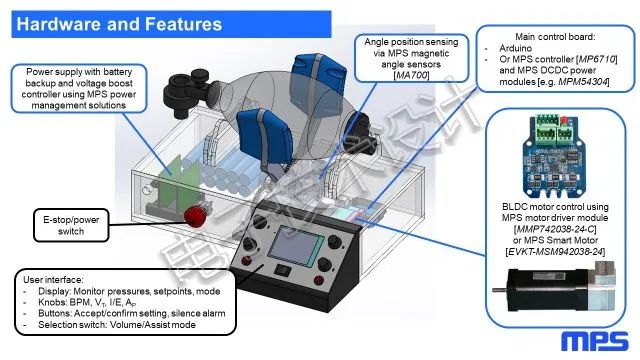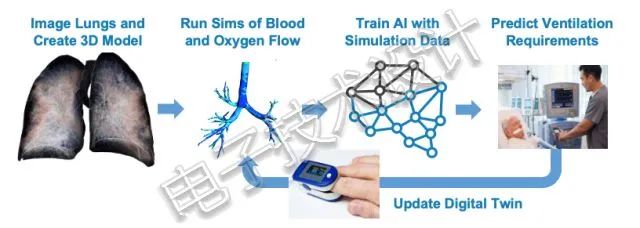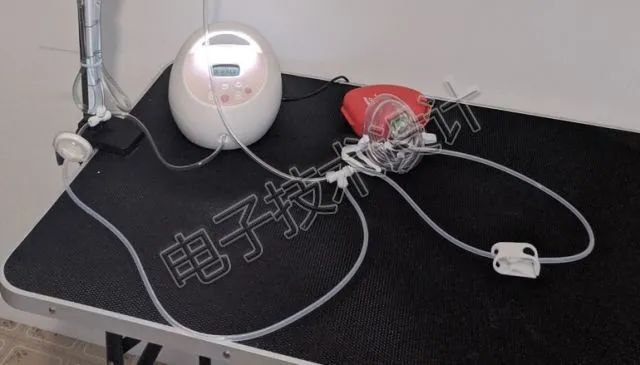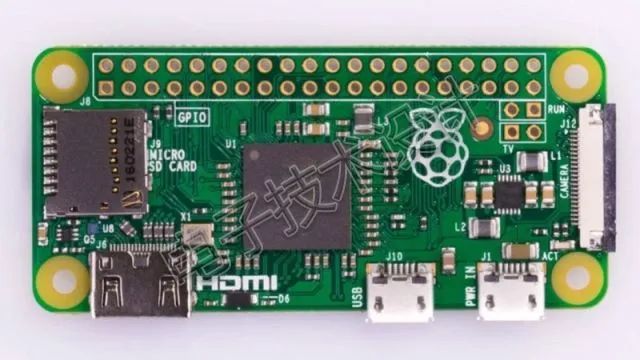Skip to content
At the beginning of the COVID-19 pandemic, due to the severe shortage of ventilators and other medical supplies, patients who could have lived lost their chance of survival. In response, various parties actively sought solutions, and the U.S. Department of Defense launched an innovative challenge for homemade ventilators. The purpose of the challenge is to “gather the wisdom and expertise of many to develop low-cost mechanical respiratory support systems that can be rapidly produced using local resources.”
We have selected six genius ventilator designs completed quickly by engineers.
MIT’s Open Source Emergency Ventilator
Figure 1: MIT Emergency Ventilator (E-Vent). (Image source: MIT)
The engineering team at MIT launched the emergency ventilator (E-Vent) project on March 12, aiming to quickly produce a usable open-source, low-cost ventilator. The key to their design is the use of an Ambu bag, a type of manual plastic bag resuscitator that is widely used in many hospitals. The design team developed a mechanical system to squeeze and release the Ambu bag, automating the process and extending the use of the Ambu bag beyond what humans can achieve. To sustain the patient’s life, the ventilator needs to provide about one million “breaths” within two weeks. Unexpected failures could be life-threatening, so it is essential to ensure that the system does not damage the Ambu bag and can be controlled. In less than a week, the team began the first practical tests of the prototype and is currently diligently developing the project to ensure patient safety.
MPS’s Open Source “Automatic Bag-Valve-Mask Ventilator”
Figure 2: Automatic Bag-Valve-Mask Ventilator developed by MPS. (Image source: MPS)
MPS’s engineering department referenced MIT’s E-Vent and other open-source projects to design their own ventilator. This simple mechanical design combines mechanics, 3D printing, 2D cutting, commercial drive system components, and standard components for power and motor systems. They are currently testing their design using a lung simulator under the guidance of doctors, then modifying the design, adding features, and calibrating to ensure the ventilator operates correctly. MPS’s expertise in motor control and power helps to quickly automate the normal manual pump process, expanding the use of bag ventilators.
BLU3 Adapts Diving System into a Ventilator
Figure 3: BLU3’s proposal to adapt a diving system into a ventilator. (Image source: BLU3)
Diving equipment manufacturer BLU3 submitted their ventilator design to the competition, using their existing product Nemo (a surface-supplied diving system) as the core of their solution. By leveraging existing manufacturing processes, they can easily apply their experience to other factories for scaling production. Their design idea involves slightly modifying the software to use Nemo’s electronic regulator as a respiratory detector, incurring minimal additional costs. BLU3 claims they can produce about 2,500 ventilators per week and can initiate production within two weeks. The ventilator can operate continuously and is powered by wall power or a 12V battery.
OnScale Launches BreathEasy Project
Figure 4: OnScale’s BreathEasy project creates digital models of patients’ lungs to determine if a patient needs to be put on a ventilator. (Source: OnScale)
The cloud engineering simulation platform provider OnScale has different ideas on how to better utilize ventilators and save lives. They launched a new project to create twin lungs for COVID-19 patients through close collaboration among multiphysics FEA/CFD suppliers, medical device manufacturers, engineers, and doctors, helping doctors improve patient prognosis. Currently, doctors can only rely on knowledge learned from textbooks to judge whether a patient needs to be put on a ventilator, but with digital modeling of the patient’s lungs, they can accurately predict the patient’s blood oxygen levels, allowing for the right decisions at critical moments. If predictions are more accurate, it can maximize the utilization of ventilators. OnScale predicts that even a 10% increase in utilization could save thousands of lives.
Breast Pump Transformed into Ventilator
Figure 5: Engineers at the University of Maryland Techport transformed a breast pump into a low-cost ventilator. (Image source: University of Maryland Techport)
Engineers at the University of Maryland Techport did not reuse existing manufacturing processes but instead designed a method to convert old breast pumps (many of which are stored away) into ventilators. Brandi Gerstner, who just became a mother, spent a long time using a breast pump. She came up with a way to reverse the suction of the pump to expel air instead of sucking it in using an X-ACTO knife and screwdriver. A team of four engineers from the University of Maryland improved upon this by synchronizing the timing of air expulsion with the recommended inhalation-exhalation rhythm and using emergency sensors to ensure stable air pressure. The development team has tested the ventilator using a ventilator testing kit with the professional assistance of thoracic doctors, claiming they can quickly produce ventilators using donated breast pumps, with each costing only about $250, far below the current price of $30,000 per ventilator.
Raspberry Pi Solution
Figure 6: The Raspberry Pi solution can reduce costs and speed up the production of medical ventilators. (Image source: Raspberry Pi)
The $5 Raspberry Pi single-board computer is very suitable as a control board and might be the most appropriate product to reduce the cost of medical ventilators and speed up production. Based on this, the Raspberry Pi Foundation has reserved some stock to quickly supply ventilator manufacturers when needed. Because the number of components involved in the control board is often large, it is usually difficult to mass-produce, but Raspberry Pi CEO Eben Upton stated that they produce based on “stock” rather than “orders,” allowing them to better respond to large-scale demands. This board is inexpensive, has a low component density, yet possesses sufficient processing power to meet the relatively moderate demands of ventilators. Currently, there have been no tested RPi version ventilators in the U.S., but a medical team in Colombia is currently testing a model. We may see these single-board computers reduce costs and quickly meet application demands, especially as various parties encourage engineers to actively develop their own solutions.
(Original article published on the English website of EETimes under ASPENCORE, reference link: 6 Fast Ventilator Designs Volunteered by Engineers, compiled by Jenny Liao.)

